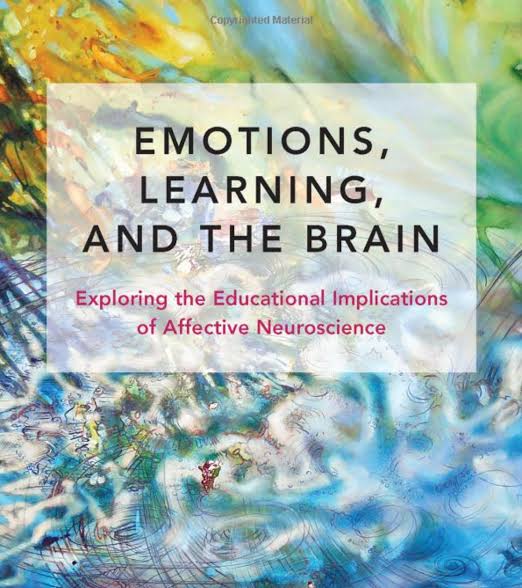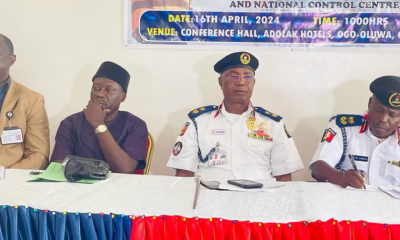Neuroscience is by far the most exciting branch of science because the brain is the most fascinating object in the universe. Every human brain is different – the brain makes each human unique and defines who he or she is. – Stanley B. Prusiner
I have been working with children for almost twenty years and I never cease to be fascinated by how the brain works. I follow the progress made by neuroscientists over these past twenty years that I have been involved in education. A lot of this amazing understanding has been made possible due to cutting-edge technology like Magnetic Resonance Imagery (MRI) and Electroencephalography (EEG). The brain is a multifaceted organ: it is made of 100 billion neurons that fire on average 200 times per second, expressing trillions of messages throughout our bodies and making neuroscience the forefront of thrilling research fields of this century.
The critical results from the research on the brain and applying them to learning.
In essence learning is the adding of new information; it engrosses actively constructing neural networks that functionally link up many areas of the brain.
Our brains constantly makes thousands of postulations, causing each neuron to make thousands of connections with other neurons. When those postulations are confirmed, learning is proven and connections become systematic “neurons that fire together wire together”.
When those postulations are overturned, a new postulation replaces the former one. This constant repetition (learning algorithm) inside our brains accounts for brain plasticity in childhood and beyond that: our brains are dynamic, they are extraordinary learning machines throughout our lives.
Memory permits this information to be deposited and then recalled as needed at a later time. It has been found that connections that are activated more often will be strengthened, constituting long-term memory, while those that are not will be weakened; hence the term “use it or lose it”.
It has been my experience and research has proven this that teachers teach better and students’ learning improves when students know how their brains functions: students need to know they have the ability to restructure their brain to become superior learners at any point in time.
Emotions are a vital force for learning
We have millions of students who are stifled by the overwhelming flood of their emotions unable to learn. Their neocortex (the part of the brain immersed in learning) is taken over by rising anxiety, fear, and anger that comes from an increase in their exposure to violence and trauma. These emotions don’t stay outside school, their pour out at school hence the need for teachers to support their students social and emotional needs before dwelling upon academic learning.
Teachers ought to be trained and provided with adequate tools that create emotional adjustments and empathy among their students.
Cognitive science has detected four extra forces in learning, surmised by the French neuroscientist Stanislas Dehaene, as the 4 Pillars of Learning:
1. Focus
The real truth is that humans are not good at multi-tasking. Experiments have depicted that it is very difficult for our brains to pay attention to more than item at a time.
Attention and focus are the filtering mechanisms that allows us to select information and to adjust processing.
2. Active Engagement
Research has proven time and time again that we don’t learn passively. We learn by doing, therefore we should ensure that active learning is enforced.
3. Immediate Feedback
Our brains are continuously makes predictions and adjusts projections depending on the feedback it receives. Feedback is therefore necessary for brains to process and readjust to learning depending on the positive or negative feedback received.
Trial and error are essential for learning and there should be no stress linked to making mistakes as this inhibits learning.
4. Associations
When we learn something new, our prefrontal cortex is gets tasked putting together all of our assets to achieve this learning. When we duplicate this task over and over, the learning progressively becomes faster, more efficient, frees up gaps for new learning.
Those 4 forces are the columns of the house of learning, the walls are emotional adjustment and the roof is sleep. Sleep is extremely crucial for children (and adults), it supports learning. During sleep our brain algorithms reiterate everything they learned during the day, encoding new hypotheses for the next day that boost our life-long journey of learning!
Adetola Salau; Educator / Speaker / Author/ Social Entrepreneur / Innovator
She is an Advocate of STEM Education and is Passionate about Education reform. She is an innovative thinker and strives for our society & continent as a whole to reclaim it’s greatness. She runs an educational foundation with the mission to transform education.
E-mail-:[email protected]
Facebook-: Carisma4u
Twitter-: @Carisma4u
Website-: www.carisma4u.com


 Football5 days ago
Football5 days ago
 Aviation1 week ago
Aviation1 week ago
 Aviation6 days ago
Aviation6 days ago
 Featured3 days ago
Featured3 days ago
 Comments and Issues5 days ago
Comments and Issues5 days ago
 Education4 days ago
Education4 days ago
 Business4 days ago
Business4 days ago
 Education6 days ago
Education6 days ago
